Consoles of the '90s
Nintendo loses the lead and Sony takes over the world as we fill out our console catalog

Console: PlayStation
Manufacturer: Sony
Discontinued in: 2006
One of the most popular and best-selling consoles of all time, the PlayStation began as a CD add-on for the Super NES. It's a well documented event that forever changed the industry and caused the effortless dethroning of Nintendo, who had enjoyed victory the past two generations. Several key franchises saw new life here (Final Fantasy, Castlevania, Metal Gear) and many more began (Tekken, Resident Evil, Gran Turismo). If you didn't have one, someone you know did.
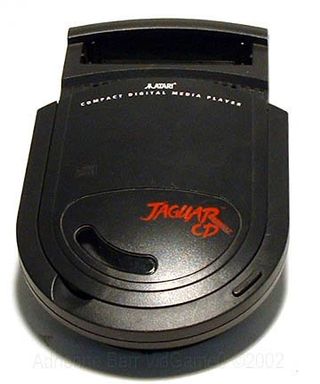
Console: Jaguar CD
Manufacturer: Atari
Discontinued in: 1996
As a game machine, the Jaguar CD performed about as well as what it was constantly compared to - a toilet bowl. It's been kept alive to some degree thanks to an lively homebrew audience, much like its cart-only predecessor. When one of your key games is based on an animated Highlander show, you know things are looking grim. Another image from vidgame.net.
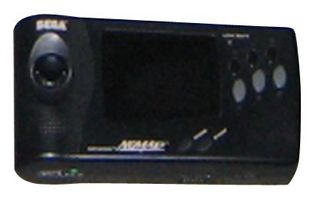
Console: Nomad
Manufacturer: Sega
Discontinued in: 1998
A handheld Genesis/Mega Drive with built-in 6 button controller and output to TVs. It devoured batteries, was heavy and barely portable, yet still went on to sell a million units. Sounds nice, except Game Boy was still powering through with little decline and many more millions of users, games and developers.
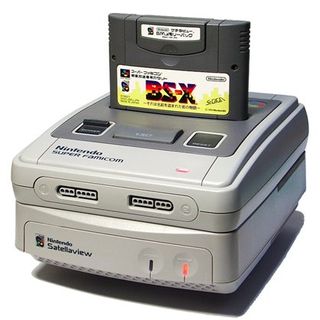
Console: Satellaview
Manufacturer: Nintendo
Discontinued in: 2000
A... satellite add-on for the Super Famicom? Apparently so, and it featured upgraded remakes of key NES games, namely the first Zelda. If you played during set hours, a narrator would actually walk you through certain parts of levels via voice chat. Not too different from Sega's "Sega Channel," though never released in the US.

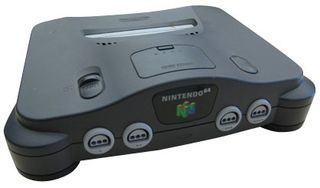
Console: Nintendo 64
Manufacturer: Nintendo
Discontinued in: 2002
Even though it brought analog control to the mainstream and housed some of the most popular and best-selling games of its day (Ocarina of Time, GoldenEye 007, Mario 64), the N64 was the first Nintendo console to clearly lose. It used expensive carts that had limited memory, while PlayStation's CDs could store vast amounts of data and produced in great numbers for far less publisher investment. By the time it was replaced by GameCube in 2001, the N64 was barely alive at all, still coasting on the success of its early hits - a fate that would also befall the Cube when it made way for Wii in 2006.
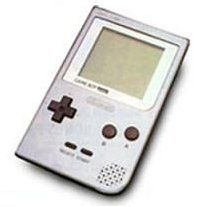
Console: Game Boy Pocket
Manufacturer: Nintendo
Discontinued in: 1999
The first major change Game Boy saw since its 1989 debut. With no rival to speak of (Game Gear was way gone by now) it didn't even need a change, but people loved it anyway and bought enough to warrant even more variants in the coming years. This one featured a sharper screen (true black and white now), a more compact design and ran on AAA batteries instead of AA. Compatible games kept coming until 1999, when the Game Boy Color took the reigns.
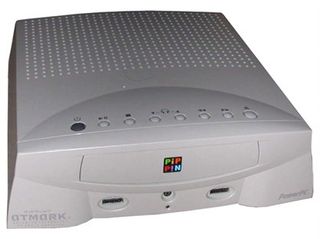
Console: Pippin
Manufacturer: Bandai/Apple
Discontinued in: 1997
Also called the Atmark (or @), no one was quite sure what the Pippin was supposed to be. It had some computer elements, some console elements and some edutainment bullcrap, but none of those made any difference when pitted against the PlayStation and N64. Yet another strange multimedia monster that came and went in the mid '90s. Don't worry, they won't try this multitasking madness again until 360 and PS3.
Sign up to the 12DOVE Newsletter
Weekly digests, tales from the communities you love, and more
12DOVE was first founded in 1999, and since then has been dedicated to delivering video game-related news, reviews, previews, features, and more. Since late 2014, the website has been the online home of Total Film, SFX, Edge, and PLAY magazines, with comics site Newsarama joining the fold in 2020. Our aim as the global GamesRadar Staff team is to take you closer to the games, movies, TV shows, and comics that you love. We want to upgrade your downtime, and help you make the most of your time, money, and skills. We always aim to entertain, inform, and inspire through our mix of content - which includes news, reviews, features, tips, buying guides, and videos.
Most Popular


